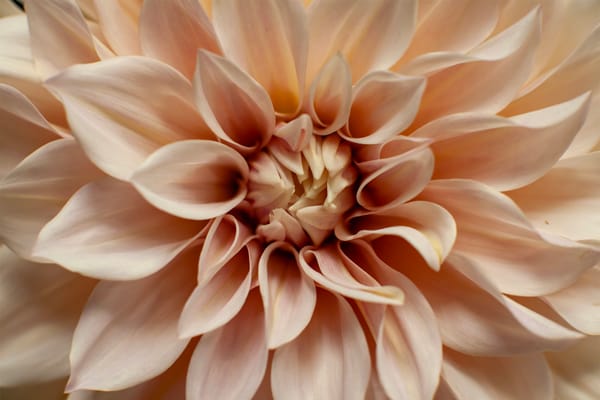Introduction
High in the mountain forests and meadows of Mexico and Central America, wild dahlias thrive in their native habitats—unfussy, resilient, and rich in genetic diversity. These wild species are not just the ancestors of today’s cultivated dahlias; they are botanical treasures in their own right, with unique stories, ecological value, and lessons for gardeners seeking a deeper connection to plant diversity.
Key Species Profiles
Dahlia coccinea — The Scarlet Classic
- Habitat: Open woodlands and upland meadows of central and southern Mexico (1,500–3,000 m).
- Features: Upright growth (1–1.5 m), finely divided foliage, scarlet to orange-red single flowers. Edible, water-rich tubers.
- Growing Advice: Sun-loving; thrives in well-drained soil with moderate water. Readily grown from seed and drought-tolerant once established.
Dahlia imperialis — The Tree Dahlia
- Habitat: Forest margins from Mexico to Central America (1,200–2,400 m).
- Features: Towering stems (3–6+ m), bamboo-like growth, lavender-pink blooms in late autumn. Historically used for water transport.
- Growing Advice: Needs shelter and staking. Prefers frost-free sites; propagate from stem cuttings or tubers.
Dahlia juarezii — The Cactus-Flowered Pioneer
- Habitat: Highland regions of Oaxaca, Mexico.
- Features: Compact stature (80–120 cm), spiky red flowers—parent of the popular cactus forms.
- Growing Advice: Ideal for sunny borders in well-drained soil; noted for cold tolerance.
Other Noteworthy Species
| Species | Key Features | Notes |
|---|
| D. pinnata | Rose-purple blooms, pinnate leaves | Parent of many hybrids; wild form debated |
| D. australis | Sprawling habit, lavender flowers | Suits naturalistic borders |
| D. macdougallii | Rare, climbing/epiphytic habit | Specialist collectors’ species |
| D. sherffii | Bright yellow/orange blooms | Regionally endemic |
Ecological Value of Wild Dahlias
- Pollinator Support: Open, single flowers attract bees, butterflies, and beneficial insects—providing late-season forage.
- Genetic Diversity: Traits like disease resistance and climate adaptability lie within wild species, making them vital for breeding resilient new varieties.
- Habitat Contribution: Tall species like D. imperialis offer structure and microhabitats for garden wildlife.
Conservation Status and Challenges
- Endemic Treasures: 35 of the 38 recognized wild species are endemic to Mexico.
- Threats: Habitat loss due to agriculture and urban expansion endangers several species.
- At-Risk Examples:
- Dahlia gypsicola — Critically Endangered (limited to gypsum soils).
- Dahlia calzadana — Endangered (restricted range in Oaxaca and Puebla).
- Dahlia imperialis — Near Threatened due to forest clearance.
- Conservation Efforts: Habitat protection, seed banking, and ex-situ cultivation in botanical gardens.
Growing Wild & Species Dahlias in the Garden
- Site & Soil: Most thrive in sun with fertile, well-draining soils. Shelter tall species from wind.
- Propagation: Sow seeds indoors in spring; tubers or stem cuttings work well for larger types.
- Companions: Combine with native wildflowers and pollinator plants for layered biodiversity.
- Garden Impact: Naturally vigorous and less maintenance-heavy than show cultivars—excellent for sustainable planting.
Enhancing Biodiversity & Genetic Diversity
- Mixed Plantings: Pair wild dahlias with regionally appropriate natives and nectar plants.
- Seed Saving: Let plants set seed to maintain genetic variation and natural resilience.
- Eco-Friendly Practices: Avoid pesticides and embrace a wildlife-friendly gardening ethos.
Conclusion
Growing wild and species dahlias—whether the scarlet D. coccinea, the towering D. imperialis, or the fiery D. juarezii—brings history, resilience, and ecological value into your garden. These living links to Mexico’s floral heritage offer beauty, biodiversity, and the chance to play a role in conservation—proving that even the most decorative of garden plants can hold deep-rooted significance.











